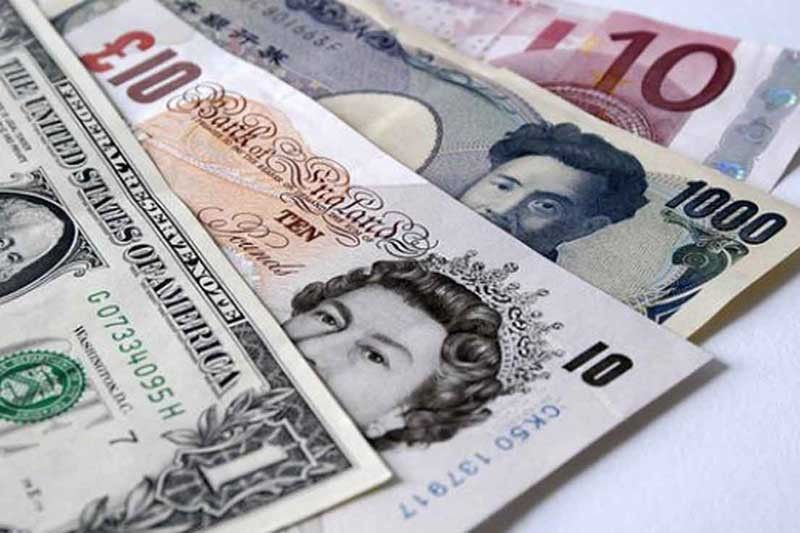FDIs gain early in 2021 as foreign firms borrow from their HQs

MANILA, Philippines — With new investors still holding back, foreign firms securing funds from their headquarters early in the year provided the single bump on foreign direct investments (FDI) in January.
FDI registered a net inflow of $961 million in January, up 41.5% year-on-year, the Bangko Sentral ng Pilipinas (BSP) reported Monday. A net inflow means more job-generating foreign capital entered the country than those that left.
While headline figures depicted some rebound, the recovery itself appeared shallow. Broken down, central bank data showed debt placements, which represent local offices of foreign firms borrowing from their mother companies’ abroad, were the lone FDI driver, more than doubling year-on-year to $535 million.
These debts, in turn, are believed to be used by local offices to fund their operations and expansion here, although whether these do materialize cannot be confirmed.
Apart from them, new investors measured through equity investments dipped 1.4% on-year, as well as those foreign companies already with presence here that opted to reinvest their earnings by 9.2%, possibly because of lackluster operations last year. Despite this, the BSP still characterized the overall growth as a result of “investor’s optimism.”
FDI is one of the wanted type of hard investments due to their long-term nature that generate jobs and livelihood. They are also difficult to pull out, but since peaking in 2017, this type of inflows have been on a consistent decline, a drop exacerbated by the pandemic crisis that pulled them down to a 5-year low of $6.5 billion.
BSP is hoping for a turnaround to $7.8 billion this year, albeit still at a slower pace and below pre-pandemic levels of $8.7 billion in 2019. By 2022, FDI net inflows are projected to hit $8.8 billion.
Sought for comment, economists were nonetheless reading the January bounce as indicator that recovery may very well be underway. For one, Nicholas Antonio Mapa, senior economist at ING Bank in Manila, said the debt-driven rally may be considered a “first step” toward the entry of more sustainable FDI.
He however warned: “Despite the decent pickup in FDI, we also highlight that so-called fresh FDI and reinvested earnings from local operations remain in the red, which may be an indicator that firms are not calling for additional investments into their local operations nor are they plowing back earnings to the Philippine company,” Mapa said.
“We do hope that this trend can reverse,” he added.
Michael Ricafort, chief economist at Rizal Commercial Banking Corp., meanwhile said the recent signing of the Corporate Recovery and Tax Incentives for Enterprises (CREATE) Act may serve as fresh wind for FDI going forward. CREATE, enacted last month, cuts corporate taxes, among others, with an aim to hand company savings that they can use for investments and hiring.
BSP data showed majority of fresh FDIs in January came from Singapore, Japan and the Netherlands and were invested mostly in manufacturing and financial and insurance sectors.
For Ruben Carlo Asuncion, chief economist at UnionBank of the Philippines, local vaccinations, which have been going very slow, will dictate FDI recovery. “An economy with a healthy and resilient population is an attractive economy for more foreign capital,” Asuncion said in a text message.
- Latest
- Trending



























